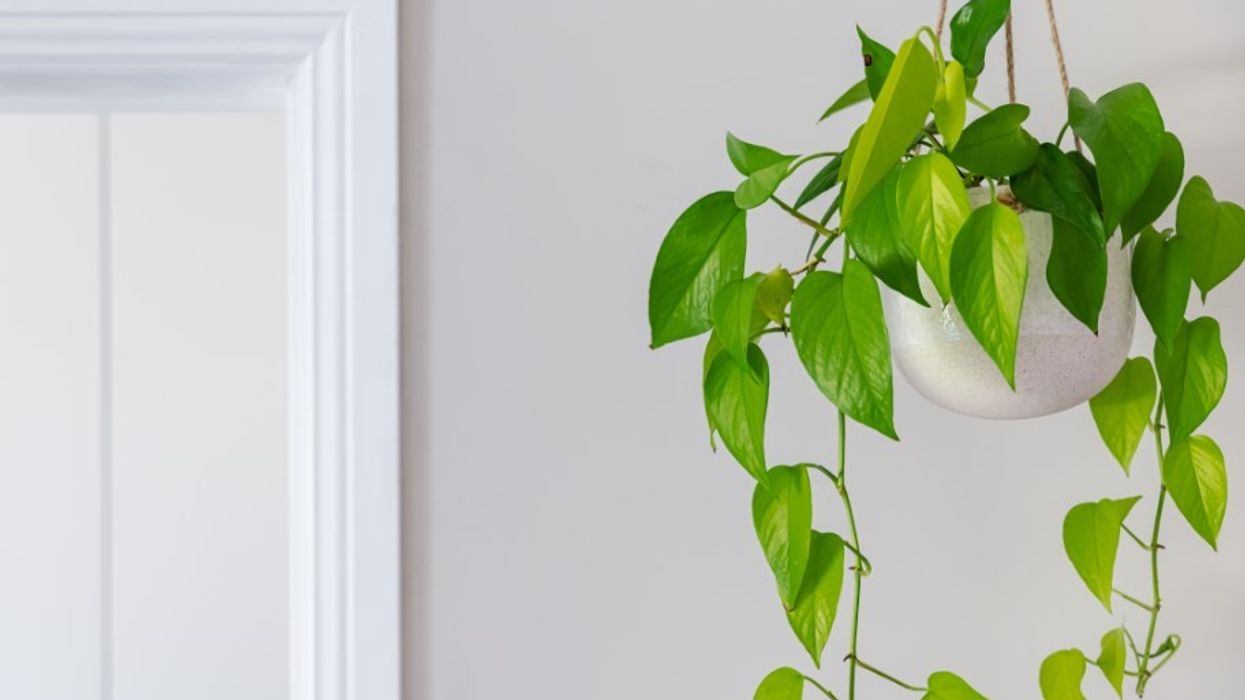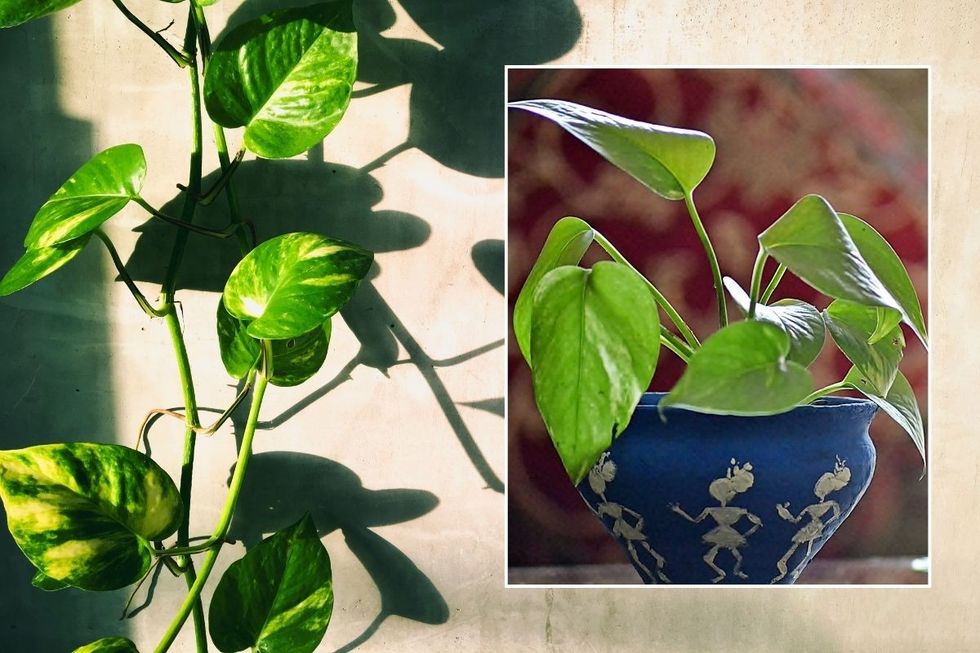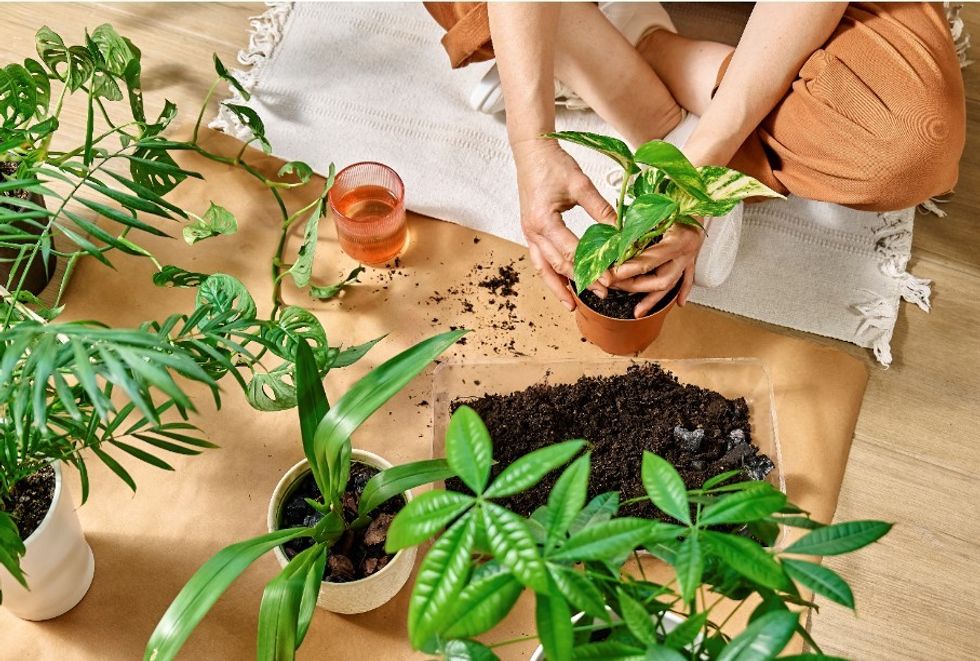Potting trick helps Devil's ivy grow three times faster

Pothos may grow bushier and thicker in a bigger pot
|GETTY

Changing the size of your pot could do wonders for your Devil's Ivy plant
Don't Miss
Most Read
Pothos - also known as Devil's Ivy - make a fine addition to houseplant collections because they're easy to grow.
To help the plant reach its full potential, it may be worth using a potting technique that encourages additional offshoots to shoot up.
Richard, from Sheffield Made Plants, swears that using a bigger pot to make the plant bushier and thicker.
The plant expert took to his YouTube channel to explain that this simple potting trick plant can triple the growth rate of the plants.

A simple potting trick plant can triple the growth rate of Devil's ivy
|GETTY
Pothos, which encompasses the famous species Devil’s Ivy, is a popular houseplant because it can push out an abundance of green leaves.
Placing the plant in a pot with drainage holes is one of the best ways to ensure it thrives in a larger container.
Make sure the plant is only watered when the soil is dry to prevent issues like waterlogging and root rot.
To help the plant grow more ferociously and produce more leaves Richard recommends putting the plant in a bigger pot, with drainage holes, with soil that is free-draining.
The gardener also recommends checking the surface of the soil for any empty areas where no roots are sprouting.
According to Richard, this is a wasted opportunity that can simply be fixed by pinning down an existing stem with a hairpin.
To do this, you should select a healthy offshoot-producing aerial root and lower these roots into the soil surrounding the mother plant.
Gardeners can then use a piece of wire or a hairpin to secure the offshoot in place. Keeping the area moist will help it produce roots.
Those who want to keep their photos short and bushy can prune the plant regularly to remove any tendrils as they appear.
According to the Royal Horticultural Society, the process resembles serpentine layering, which involves looping the stems of climbers in and out of the soil to encourage roots to form at several points along the same stem.
LATEST DEVELOPMENTS
 |
| GETTY
“The technique for each buried section is very simple layering. Thin-stemmed climbers need not be wounded.”
“The body warned that layers will not root if the soil is dry, so make sure to water them in dry spells. New shoots developing from layers can suffer damage by slugs and snails.”
Although Devil's Ivy adapts well to light and dark conditions, they need a sunny spot to thrive.
As natural sunseekers, they need natural light in order to photosynthesize and push out new growth.







